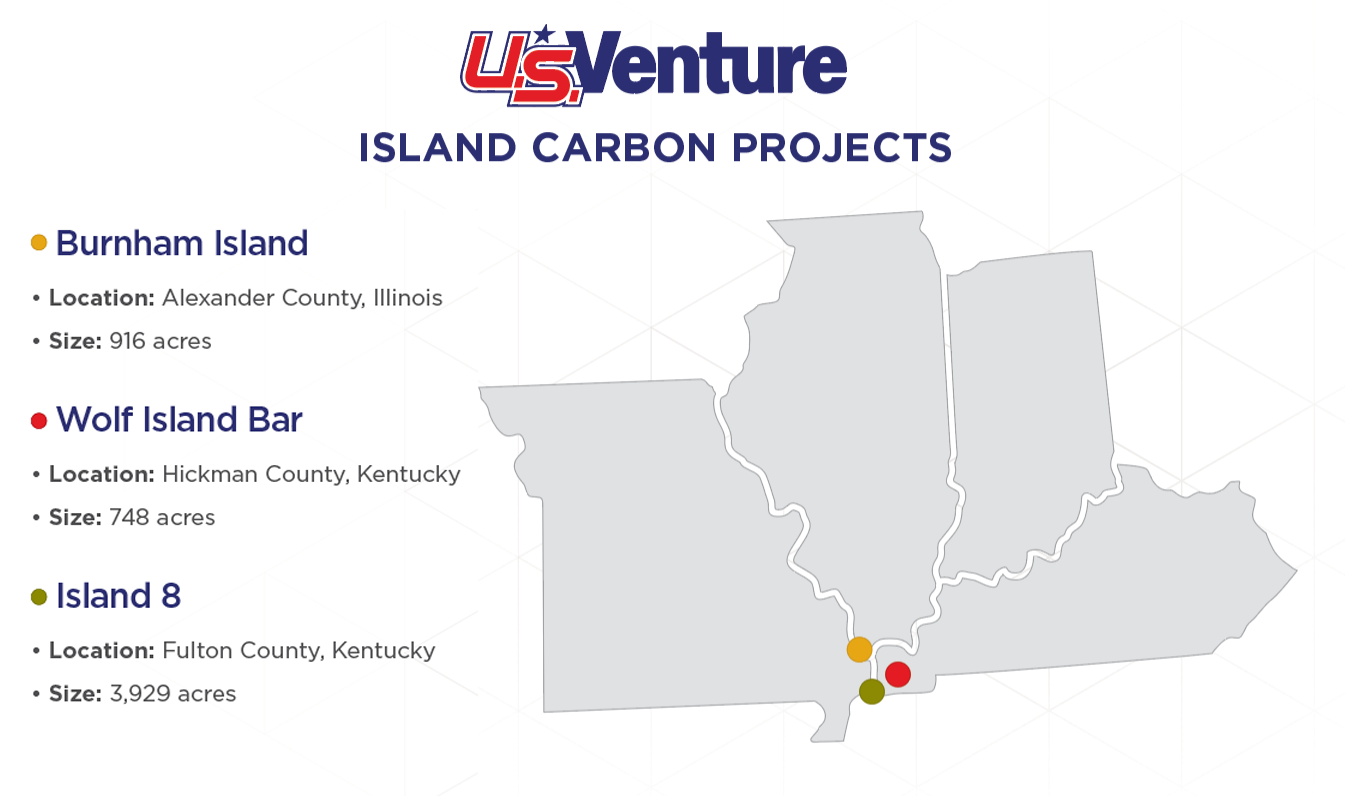U.S. Venture Open’s Sustainability Approach
U.S. Venture’s sustainability journey is rooted in the company’s purpose of Finding a Better Way. In 2024 the U.S. Venture Open continues its focus on making the event more sustainable while still delivering a first-class, philanthropic event. Improvements were made to waste and recycling practices in partnership with Waste Management, as well as, using voluntary carbon credits to counterbalance the portion of the estimated carbon emissions generated by the event, as shown in the table below.
Voluntary carbon credits are market-based instruments that can be purchased to support environmental projects that reduce greenhouse gas emissions. To be a legitimate, high-quality credit, the carbon project must be “additional,” meaning that the project would not have occurred in the absence of carbon finance. The carbon credits must have “permanence,” meaning that the carbon reduction or sequestration benefit should have no risk of reversal or use legally binding mitigation mechanisms. The carbon project should prevent “leakage” so that carbon-emitting activities discontinued in one location are not just shifted to another location. Finally, projects that can impact local communities or biodiversity need to have strong protection safeguards in place.
U.S. Venture and Carbon Credits
U.S. Venture’s tenured, in-house trading team was among the first to partake in CME Group’s carbon futures, which translates to experience and success in evaluating, purchasing, and retiring carbon credits. We are confident that when companies are looking to offset emissions, U.S. Venture can help given our extensive experience with developing and supplying high-quality credits from verified projects. Click here for more information on U.S. Venture’s sustainable products and services.

2024 U.S. Venture Open Carbon Credits
For the 2024 U.S. Venture Open, the carbon credits utilized support U.S. Venture’s Mississippi River Island Projects. These projects improve forest management at three islands, ensuring sustainable forest management in an area with a history of aggressive timber harvesting. This project generates both avoidance and removal carbon credits. These carbon credits meet CORSIA and CME Group’s Global Emissions Offset criteria. Also, carbon credits from projects located within the United States, where environmental regulations are stronger than many other countries, must typically reach a higher standard to achieve additionality.
U.S. Venture retired 190 removal carbon credits to offset a total estimated 170.64 metric tons of carbon dioxide equivalents (C02e) generated from defined activities. To estimate the number of carbon credits we needed to offset for the U.S. Venture Open, we used last year’s event data and created assumptions about attendees and the event activities. Our commitment is that each year we will continue to update the assumptions and estimates based on the prior year’s data and adjust our carbon credit retirements accordingly. Full details on the assumptions we used and how we calculated the number of carbon credits to procure can be found in the table below and in the table notes.
2023 U.S. Venture Open Carbon Credits
For the U.S. Venture Open, the carbon credits we purchased support a project in the Bayfield County Forest, Wisconsin, where trees are being protected for their carbon sequestration. These carbon credits meet CORSIA and CME Group’s Global Emissions Offset criteria, while providing additional biodiversity and watershed protection benefits. Also, carbon credits from projects located within the United States, where environmental regulations are stronger than many other countries, must typically reach a higher standard to achieve additionality.
U.S. Venture purchased and retired 165 carbon credits to offset a total estimated 150.26 metric tons of carbon dioxide equivalents (C02e) generated from defined activities. To estimate the number of carbon credits we needed to offset for the U.S. Venture Open, we used last year’s event data and created assumptions about attendees and the event activities. Our commitment is that each year we will continue to update the assumptions and estimates based on the prior year’s data and adjust our carbon credit purchases accordingly. Full details on the assumptions we used and how we calculated the number of carbon credits to procure can be found in the table below and in the table notes.

